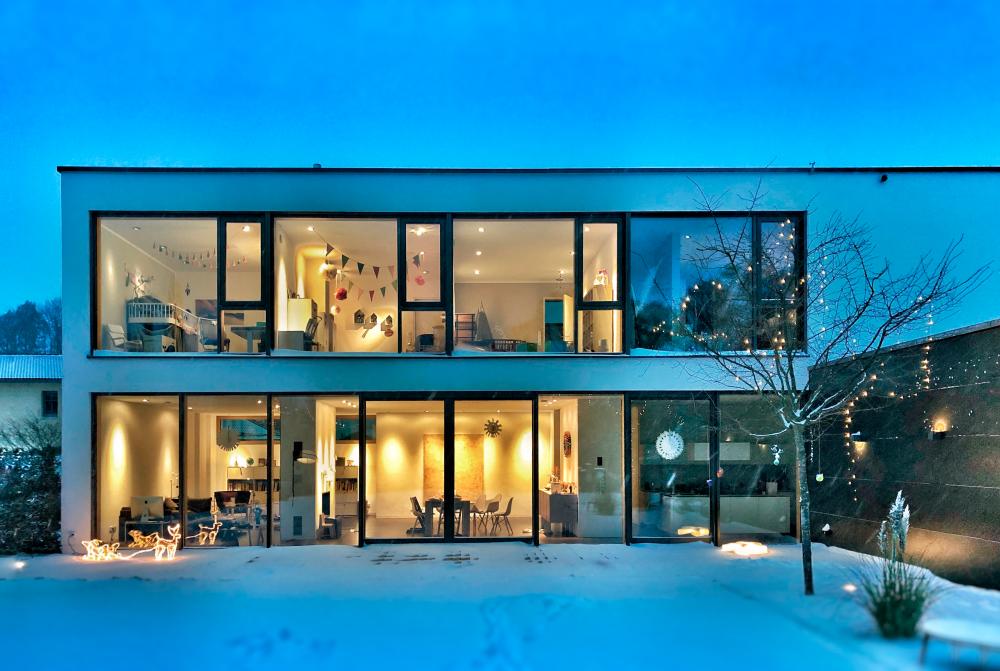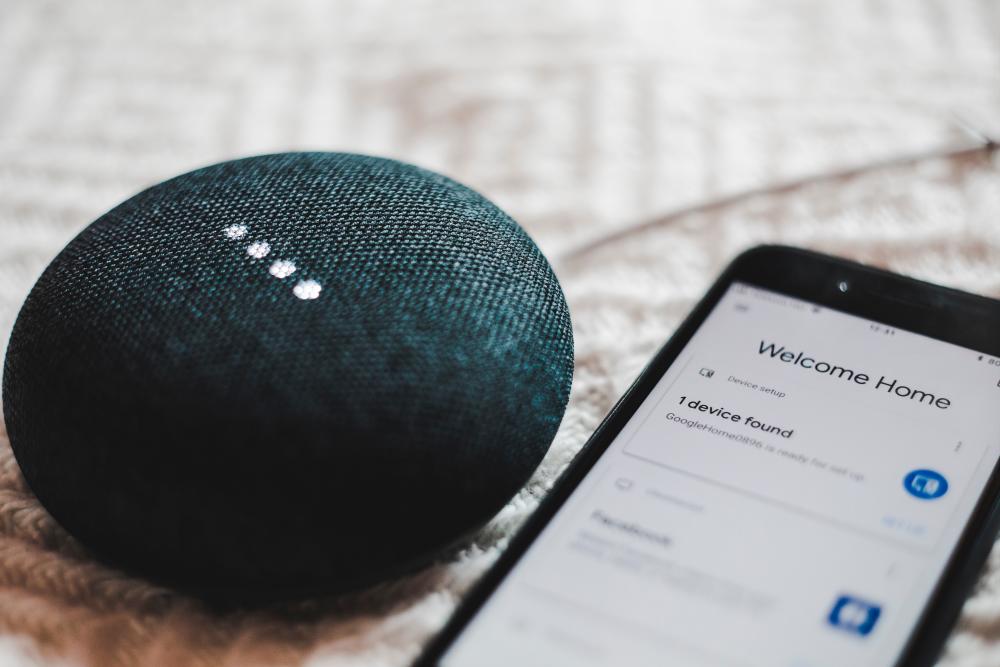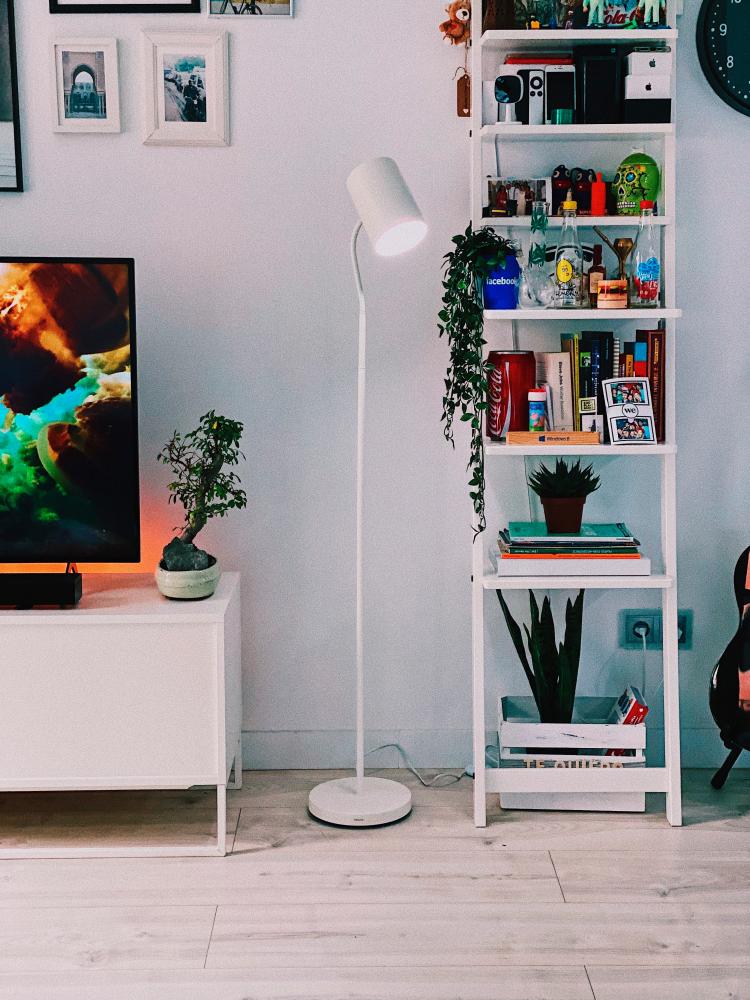THE year is 2021 and although we do not have flying cars, we do have smart homes. Voice-activated appliances, app-selectable lights and doorbells that watch our front doors – these used to be features of science fiction, but not anymore. They have become luxury items, and now they can turn your home into a smart one.
However, it helps to have a plan. Know your budget and what you want to do. Start small with a smart bulb or smart home speaker, or go all-out and automate your whole home.
We can do this at a modest pace. First and foremost, you need to have a good home wi-fi setup. Good coverage means all smart home devices will have connectivity to function.
A mesh network is not cheap but advisable.
While starting with a smart bulb may be the cheapest way to go, a centralised smart home device, like a Google Home Mini or a set-top box like an Apple TV, makes the best foundation on which to build a smart home.
These devices will act as your smart home’s central processing unit. Think of it as a home messenger that relays your orders, such as schedules, presets or remote commands, when you are not at home. This will also free your other smart home devices from relying on your smartphone.
It is easier if you choose Google as most smart home devices work with it. But if you choose Apple, look for devices that are compatible with Home Kit.
Next, when automating a home, we often overlook smart plugs and smart switches. It is not as flashy as smart bulbs but it can be far more versatile. That said, if you are renting or not comfortable working with home wiring, smart plugs and smart bulbs are the way to go.
Also, your home’s in-wall light switches can be replaced with smart switches that can be controlled with an app or voice command. For instance, a switch from leading smart home system TP-Link Kasa, is affordable and comes highly recommended although some come with a dimmer, a feature that is not supported by every light bulb.
On the other hand, a smart plug works with almost any appliance that plugs into a wall outlet. Almost, because any appliance that needs to boot up and give additional commands to work, like a washing machine, would not benefit from the automation. Think of appliances like lamps, televisions, kettles and the like when plugging into one of these.
Finally, the simplest step in installing a smart light is screwing in a light bulb but getting it to work the way you want can be a hassle at first, but be patient.
For example, the Philips Hue system is easy but pricey. Yeelight has a good balance of price and features but relies on the centralised smart home device to work at its best.
From here on, the sky’s the limit. You can add smart speakers, cameras, a thermostat and more to your home to make it the way you want it to be.
However, one of the most powerful ways of making smart home devices work together is to know the IFTTT (If This Then That) programme. Automation is its speciality.
You can do simple things like turning on the coffeemaker at certain times of the day or the lights when you are close to home.
Some swear by it as a powerful productivity tool since its power of automation goes beyond the home.















